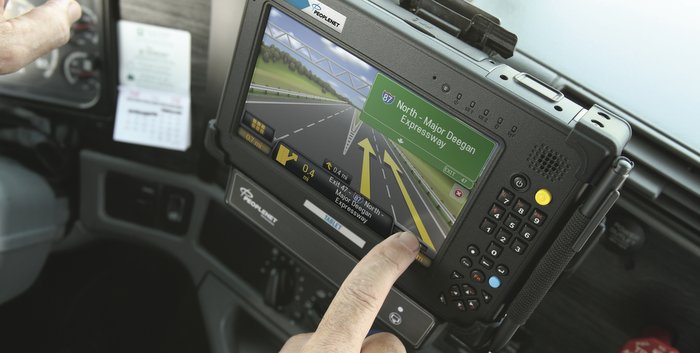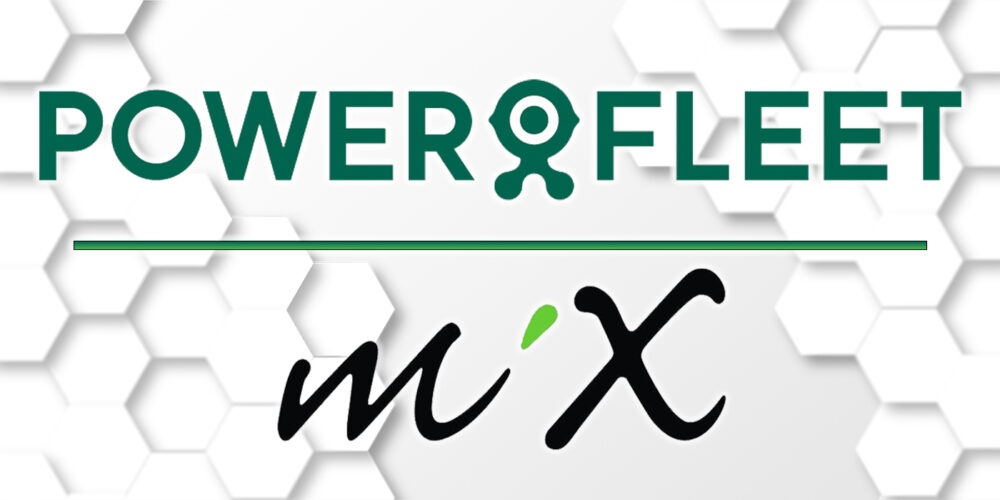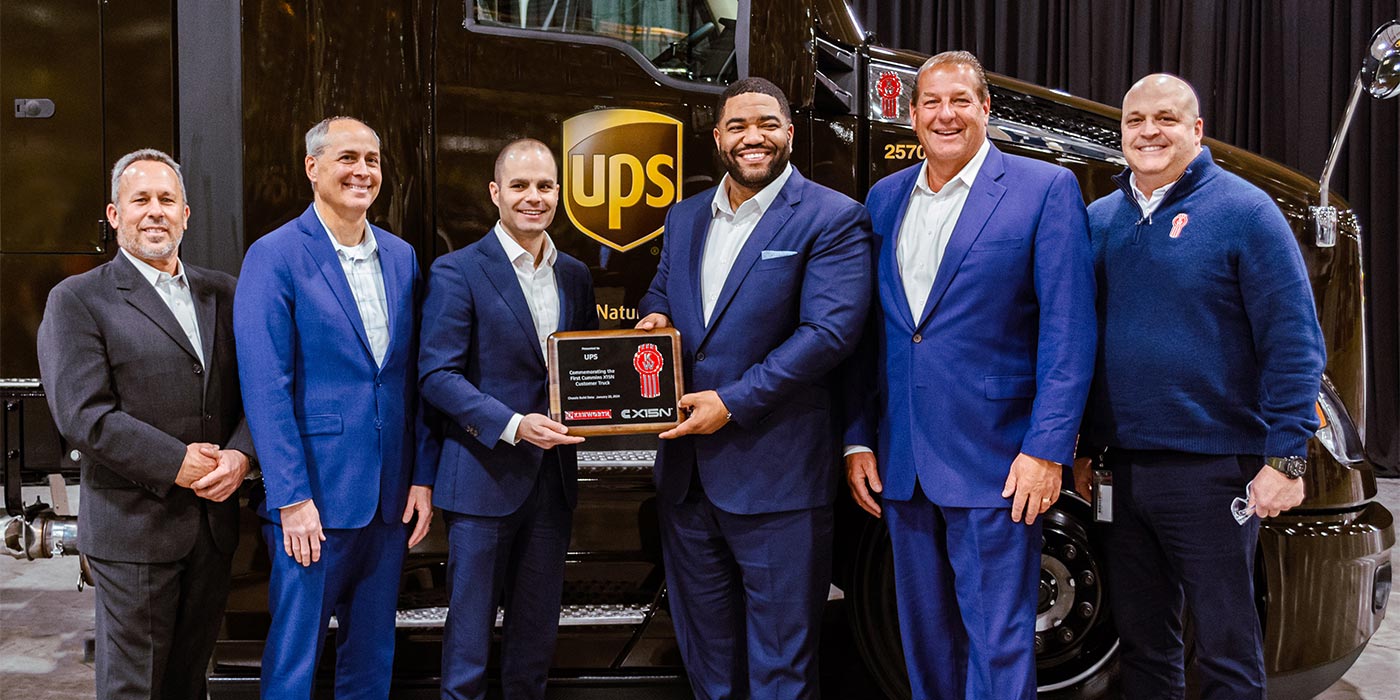“Behind every brown package delivery vehicle is a strategy to economize fuel use,” reports UPS on its corporate website. “Our fleet strategy is making the best of today’s transportation technology through careful route planning that avoids unnecessary driving and saves fuel.”
Careful route planning is fundamental to the way UPS does business, an essential element in making timely deliveries. But the company is also achieving efficiencies by studying the methods used to deliver packages.
For example, the package delivery company has designed routes in a series of loops with as few left-hand turns as possible for several decades. Ten years ago, it implemented technology that automates that process. Since the deployment of route planning technology, UPS has eliminated millions of miles off delivery routes and saved 10 million gal. of fuel in the process.
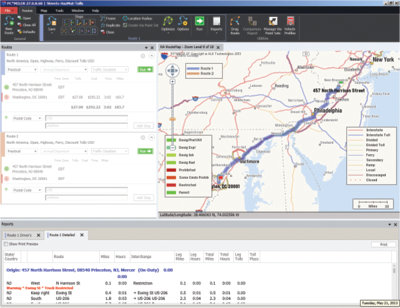
Today, industry suppliers offer standalone and integrated solutions that enable fleets to improve fuel efficiency through more effective route planning.
“These solutions get away from static routing and enable dynamic routing processes,” says Dan Popkin, senior vice president, Enterprise Solutions at ALK Technologies. “They transform navigation into a strategic tool for fuel savings.”
ALK offers a variety of routing and management systems that address more effective route planning. Its PC*Miler and CoPilot Truck product lines, along with the RouteSync solution that allow fleets to send PC*Miler-optimized, truck-specific routes to drivers using CoPilot Truck on an on-board device, lead to enhanced opportunities for navigation improvement and reduced fuel usage.
A clear case in point is provided by John White, chief marketing officer at U.S. Xpress. “Our industry for many years assumed that the routes provided to us were the most efficient, and frankly that’s not necessarily the case,” he states. “With ALK’s mileage program, we actually have the ability to interface many different cost components, including prevailing fuel costs, and evaluate all those cost components before we determine the most optimal route.
“The wonderful thing today is, with technology in the truck and with the route optimization software that we have, we can look at real time out of route alerts and we can send alerts to the cab of the truck immediately as well as the driver management staff,” White continues. “In fact, we are actually minimizing the routes that we travel and those routes are the most cost effective and efficient.
“It would not be a stretch to think that we were able to improve mileage and decrease out of route mileage and overall mileage by 1% to 2% based upon having this technology and utilizing it effectively,” White adds. “Having real time visibility certainly provides much better insight into your costs and you can recoup that expense in a very short period of time.”
Jim Rodi, senior vice president of Mobile Communications Group at Rand McNally points out how navigation systems can enable fleets to plan routes that are both fuel efficient and consistent with the parameters of a particular truck, the material being hauled and legal restrictions. “GPS products allow users to select fuel stops along the route, and connected devices can even supply up-to-the minute fuel prices to help find the least expensive fuel along a route.”
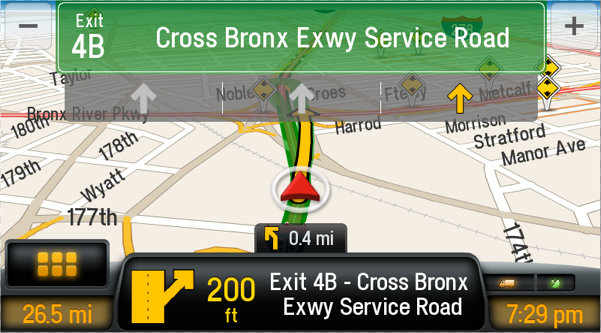
The Rand McNally solution, notes Don Christenson, president of Christenson Transport in Springfield, Mo., says that a fuel economy improvement was an unexpected benefit of the technology, in part because it allows the fleet’s managers to look at navigation and fuel use numbers in real time.
“Out-of-route miles burn unnecessary fuel,” says PeopleNet vice president operations Louis McAnally. “Solutions that help fleets reduce fuel use associated with out-of-route miles include PeopleNet In-cab Navigation applications that calculate efficient routes to reduce mileage and fuel costs.”
Embedded with dispatch systems, the PeopleNet applications determine the most efficient routes based on vehicle and routing parameters such as truck-restricted and prohibited roads, as well as load types. They also reduce fuel costs by providing stations within a given radius on a designated route, which can be dynamically sorted by pump price or within a fleet’s specific network of pre-approved fueling locations.
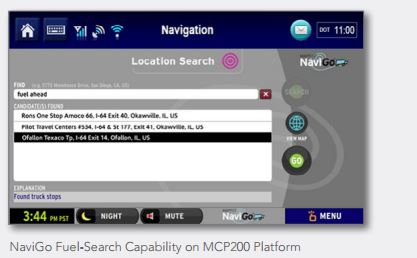
As an example, McAnally points to Paul’s Hauling, based in Winnipeg, Manitoba, which is using an integrated navigation application with its routing software for greater compliance with pre-planned routes. With the application, routes from the back office are synchronized in real-time to deliver guidance to the vehicle and driver.
“In today’s economy and with fluctuating fuel prices, fleets are always looking for innovative technology tools to reduce fuel costs,” says Jim Sassen, senior manager of product marketing at Omnitracs. “Navigation solutions with incorporated route planning capabilities can help fleets reduce fuel waste resulting from out-of-route miles. For example, we can ensure route compliance and improve fuel efficiency fleet-wide by providing truck-specific route information, decreasing out-of-route miles and in turn, increasing fuel savings.”
Along with other solutions, Sassen notes, the Omnitracs NaviGo application powered by Telogis delivers truck-specific route information, enabling drivers to follow the most direct routes, decreasing out-of-route miles and increasing fuel savings.
Load One, an asset-and-non asset based expedited carrier and logistics solutions provider, is using integrated solutions with Omnitracs to reduce out-of-route miles by three percent, cutting the fleet’s fuel expenses. “With fueling expenses accounting for a large percentage of our bottom line, we’re always eager to deploy new methods to help us reduce fuel waste,” says John Elliott, chief executive officer of Load One. “With these solutions, we’re able to proactively prevent fuel waste by providing our drivers with clear, interactive directions, reducing out-of-route miles and increasing fuel efficiency.”
Andy Hedrick, marketing alliance director at TMW Systems-Appian, says that companies can use products like DirectRoute, which focuses on final mile operations, to plan more efficient routes using advanced optimization algorithms and comprehensive mapping tools. “The typical results are mileage reductions of 10 to 25%,” he states. “Delivering products and services in fewer miles reduces fuel consumption. This online visibility of route schedules allows companies to add backhauls and pickups in the closest proximity to existing routes in progress.”
Huttig Building Products is using Appian’s DirectRoute software and PeopleNet on-board systems to automate routing processes. “We drive approximately 10 million miles per year,” says Huttig’s Director of Operations, Don Black. “When optimizing routes we have learned that by removing six miles out of a route we save a gallon of diesel fuel. The amount we invested in route optimization software for the entire company was paid for by the savings at one branch.”
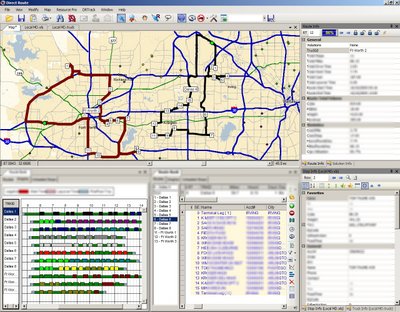
For over the road operations, TMW Systems offers its IDSC ExpertFuel solution, which incorporates effective route planning with the ability to identify the lowest fuel price locations along a defined route into a stop and buy plan for fuel purchases. “In combination with reducing wasted miles through better routing,” says David McKinney, general manager-Optimization, TMW Systems, “drivers are guided to purchase fuel with a plan that minimizes trip disruption and maximizes total savings on fuel purchases.”
With a defined route, the truck’s starting fuel level, negotiated network discounts and daily fuel pricing, along with a comprehensive set of company preferences, IDSC ExpertFuel builds an optimized fuel purchase plan for each truck and trip, detailing how much to buy and where to buy it.
For Knight Transportation, savings on fuel purchases can have a multi-million dollar impact. “Based on recommendations and demos, we chose IDSC ExpertFuel to help lower our fuel costs,” says David Jackson, chief financial officer.“ After several months, driver compliance with fuel plans was up significantly. Using real time pricing, the optimizer directs drivers to the best options.”
Fleets today have an even greater opportunity to identify the most fuel-efficient routes and employ practices that decrease fuel costs and improve bottom line savings.

